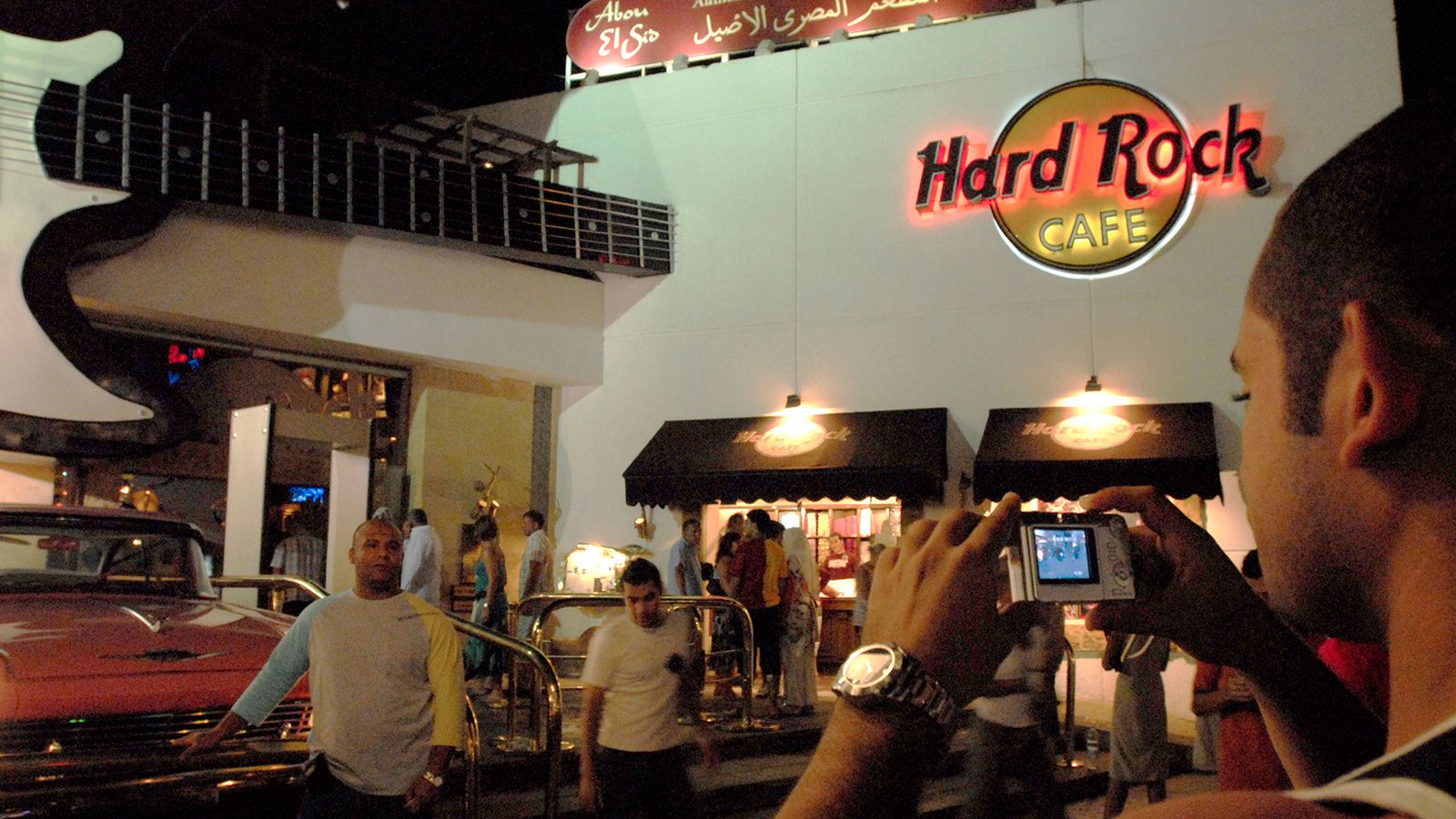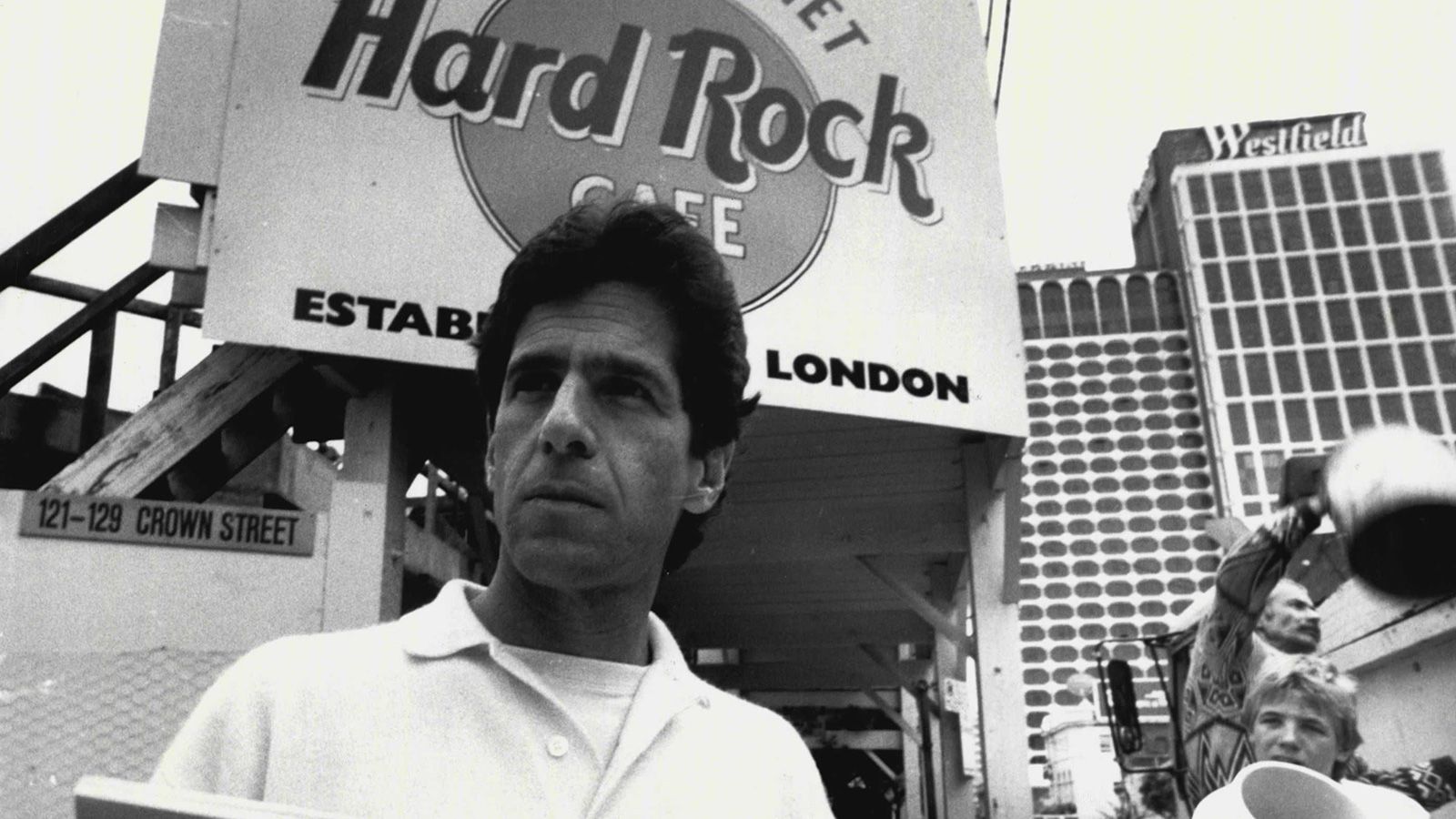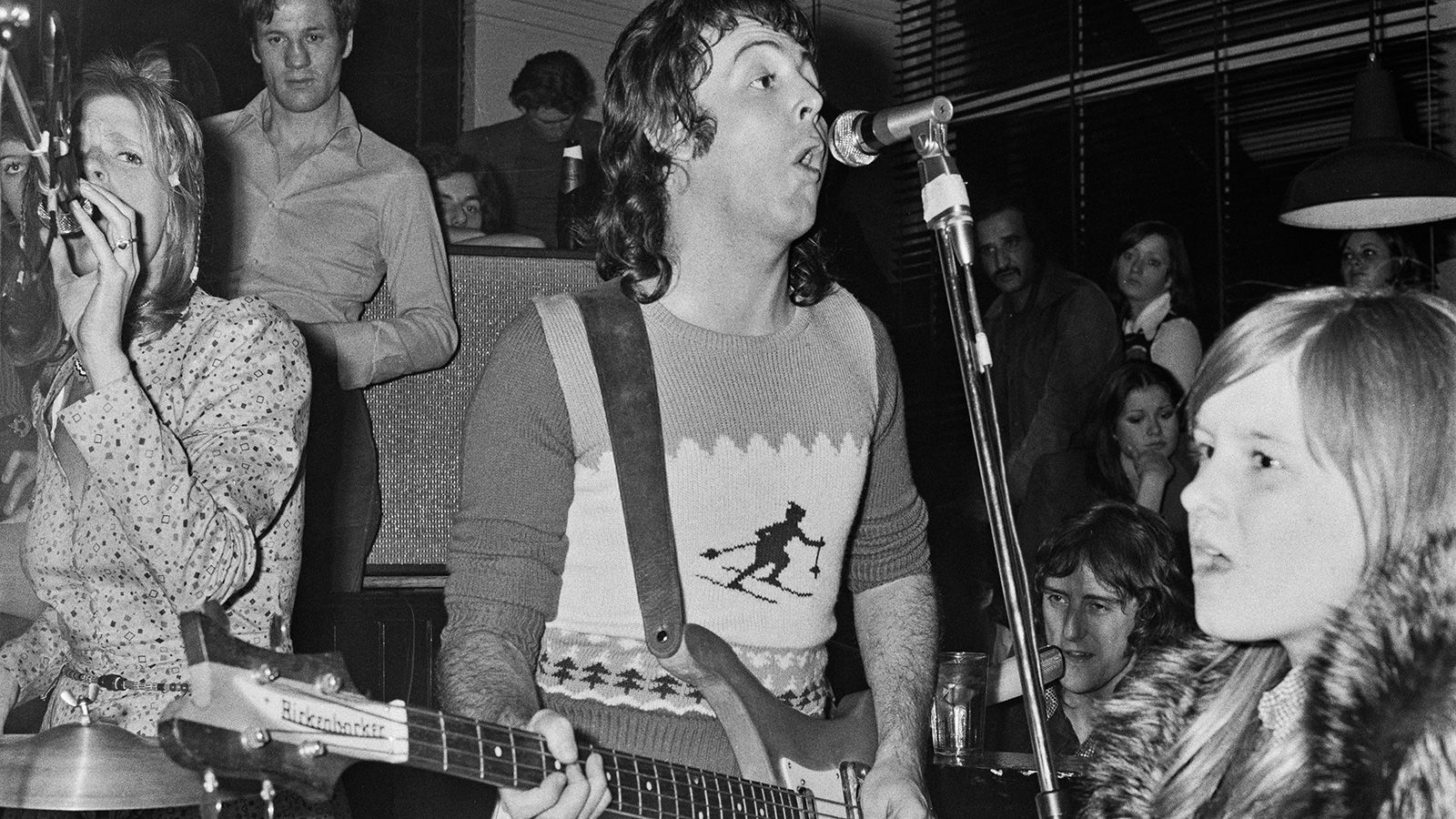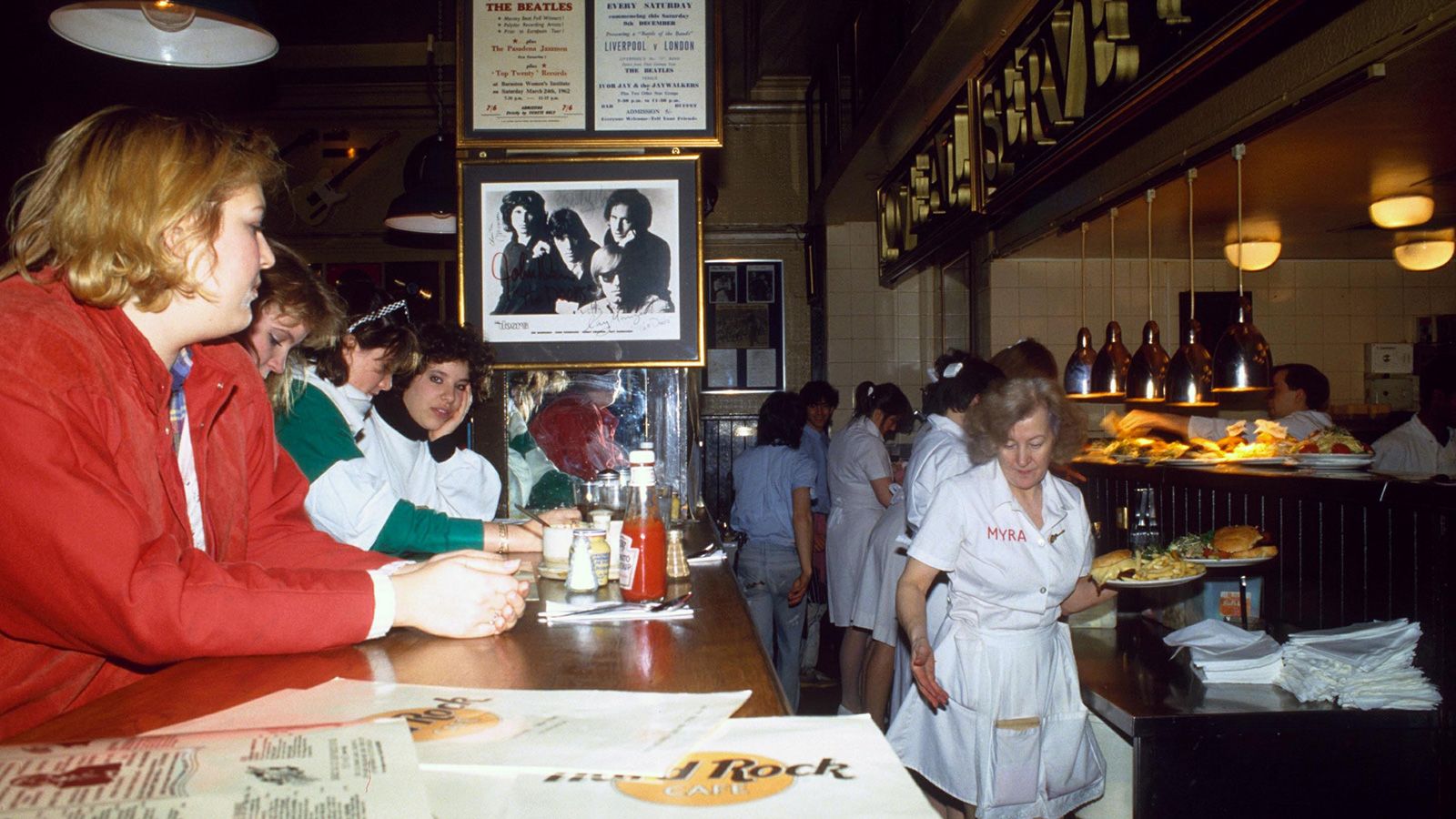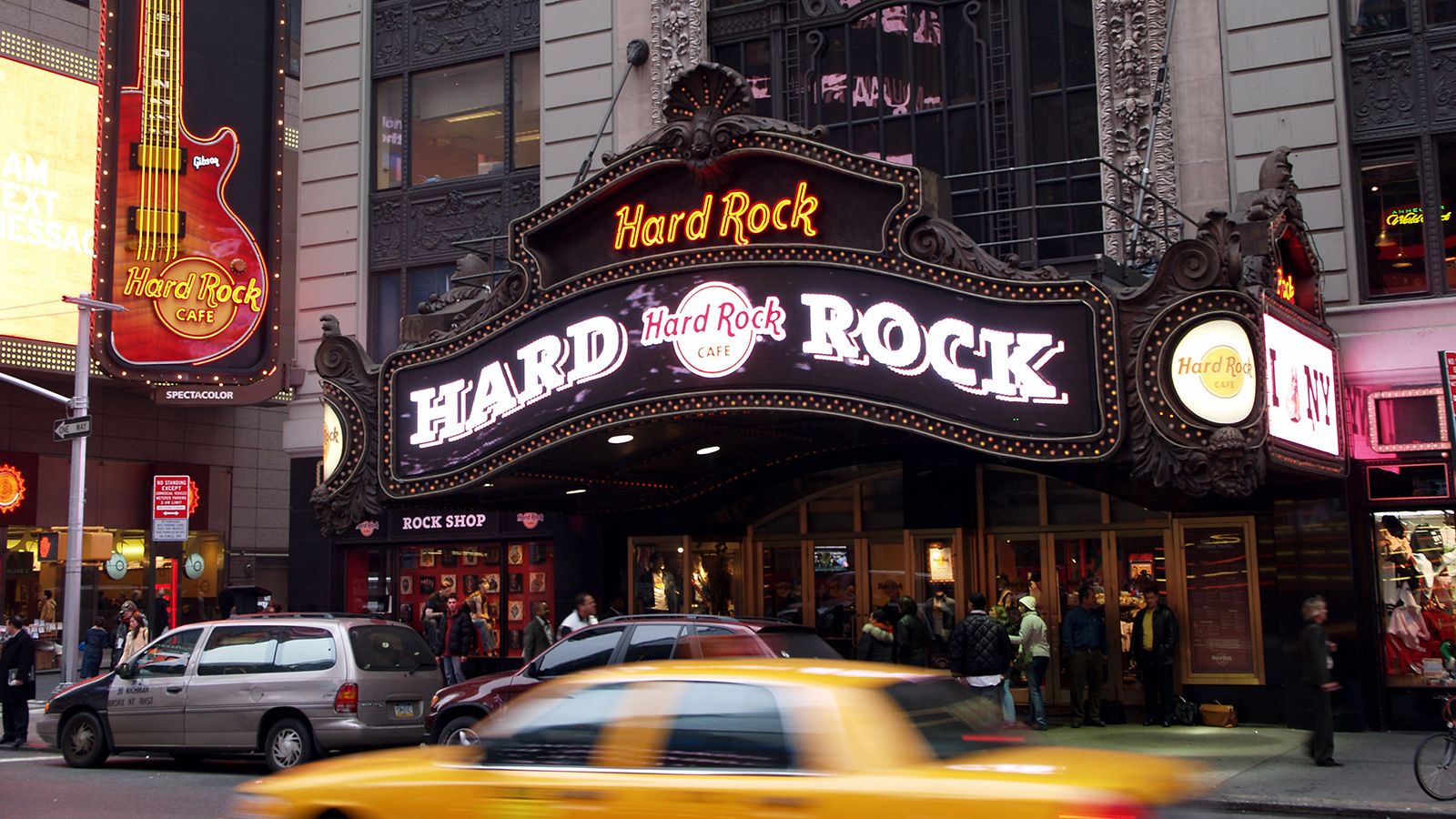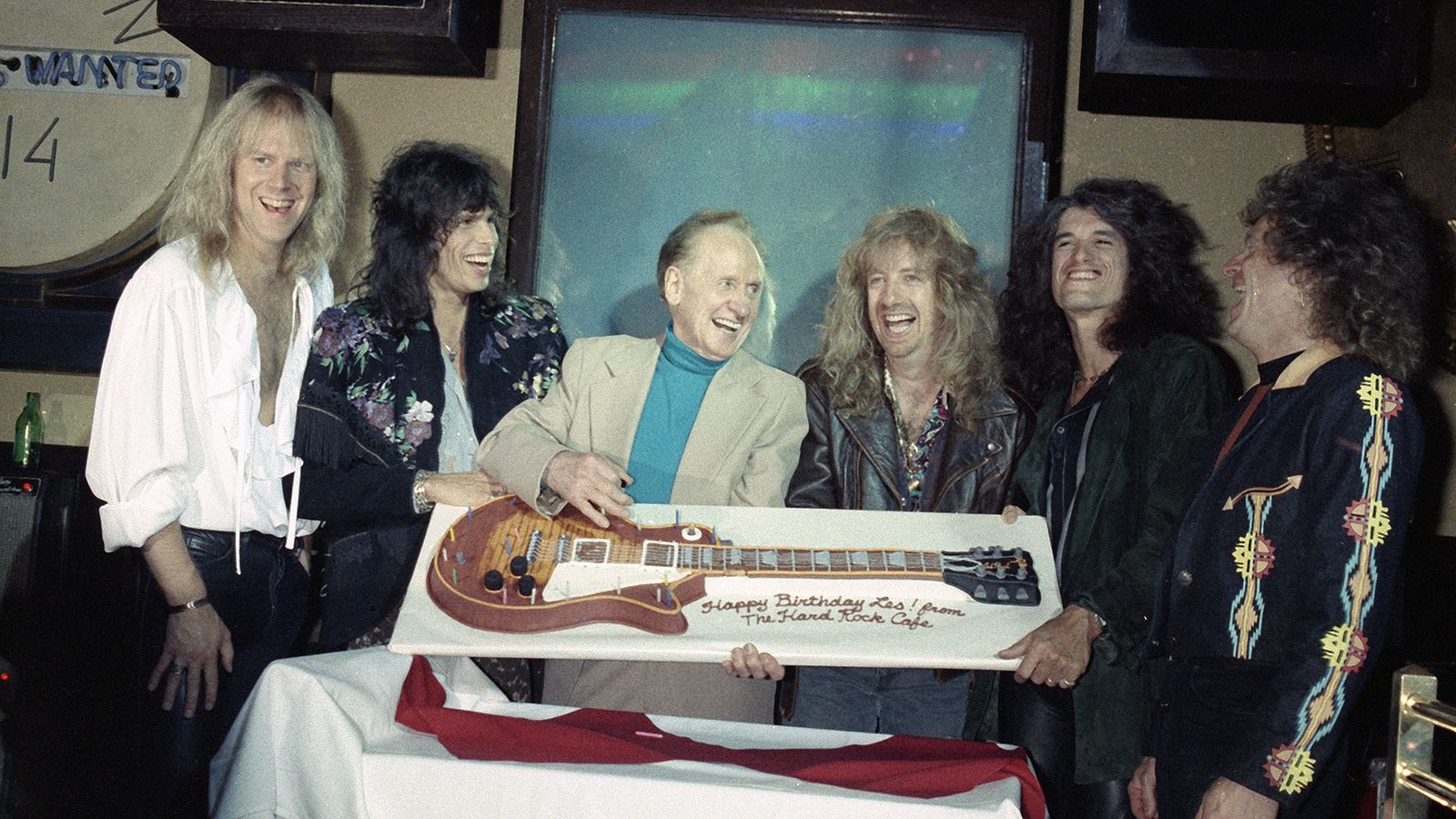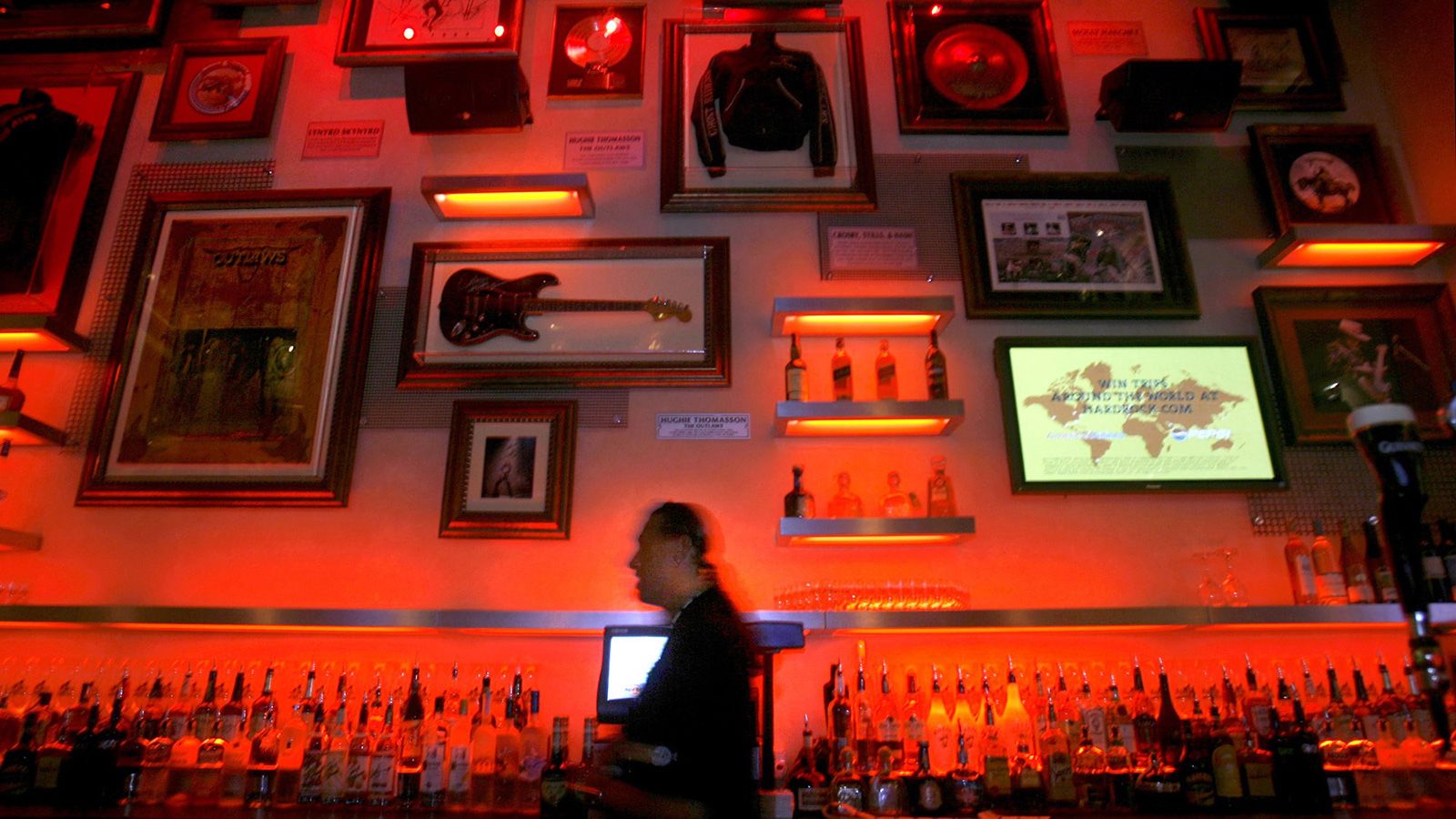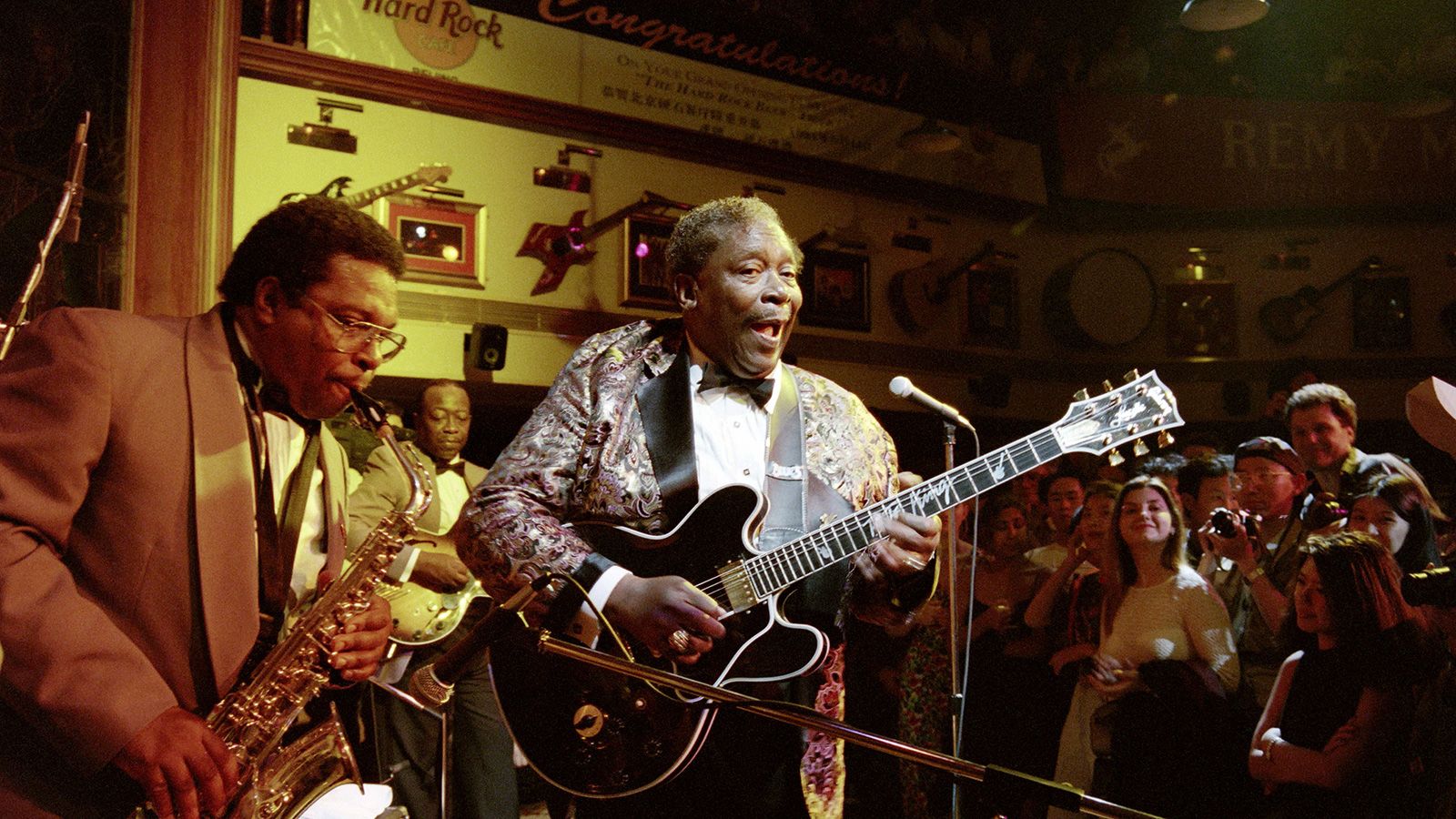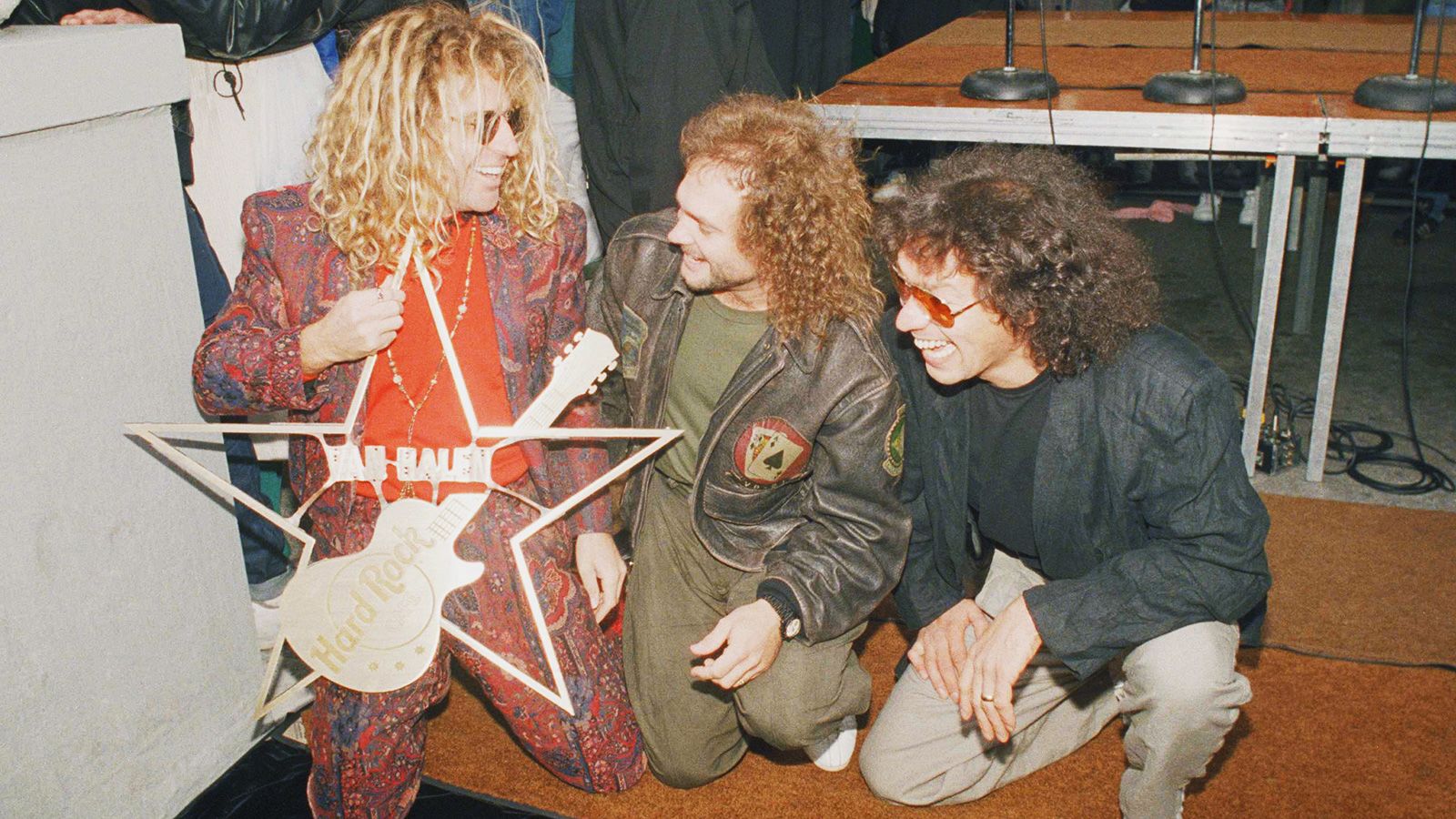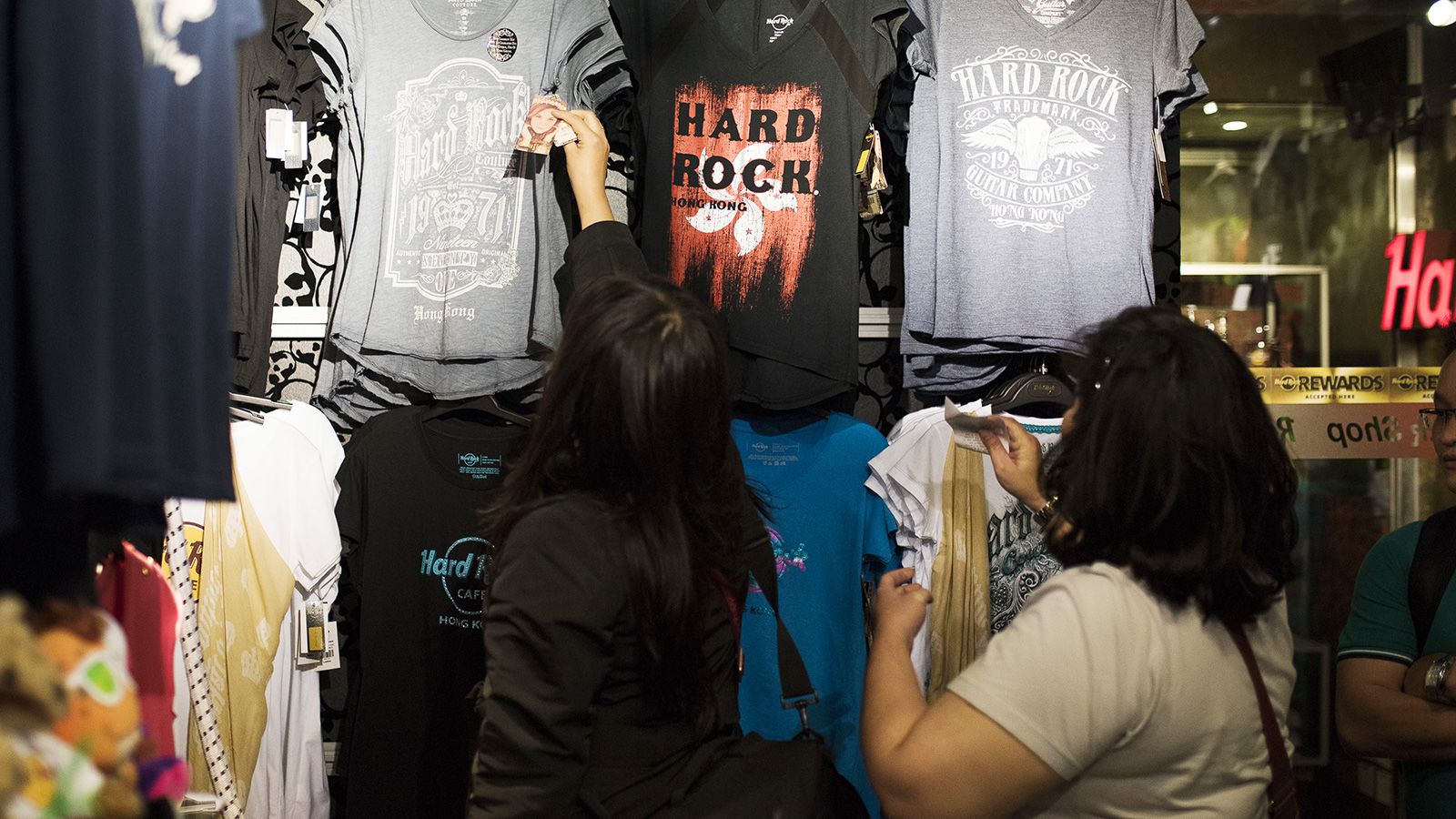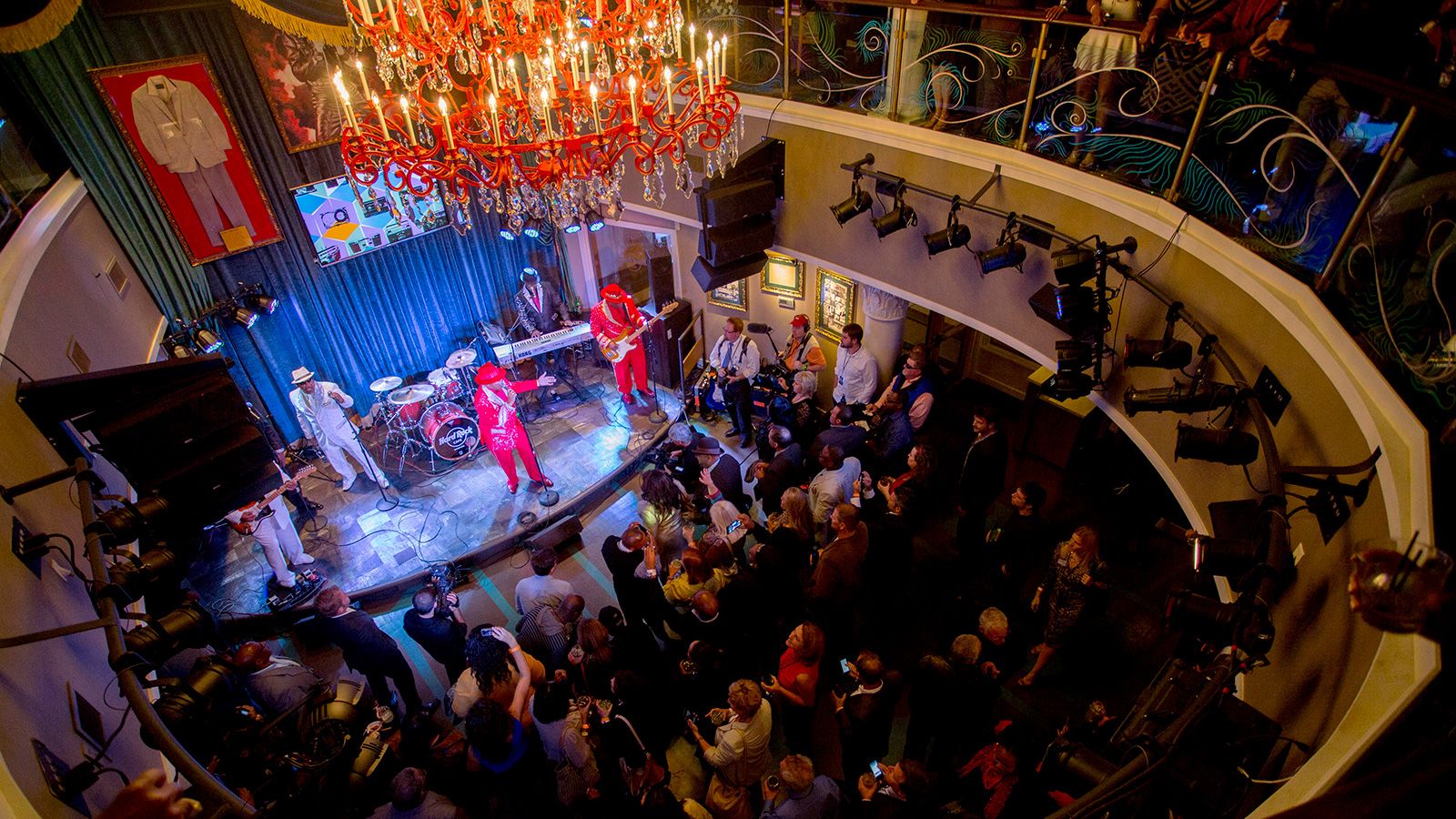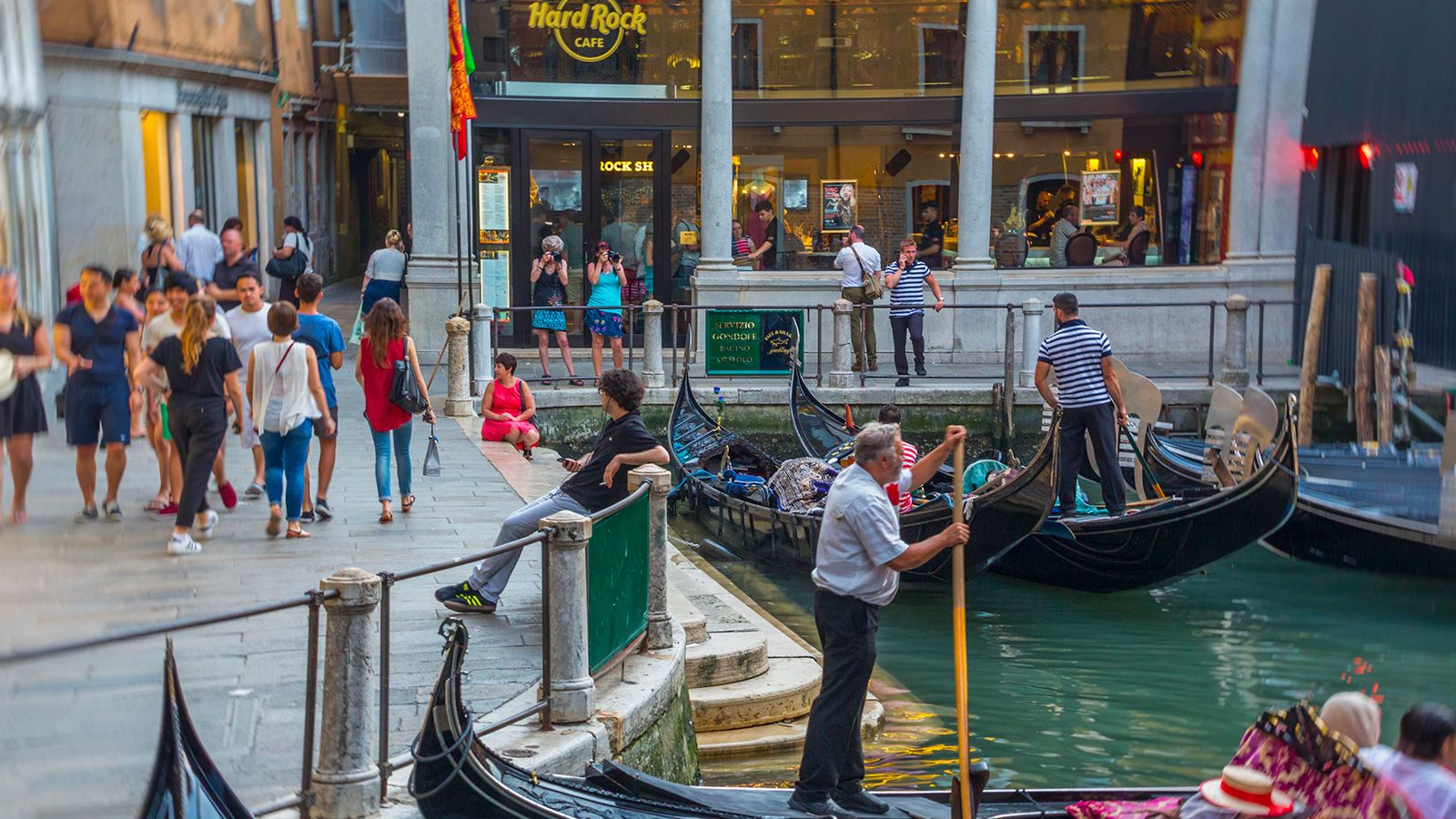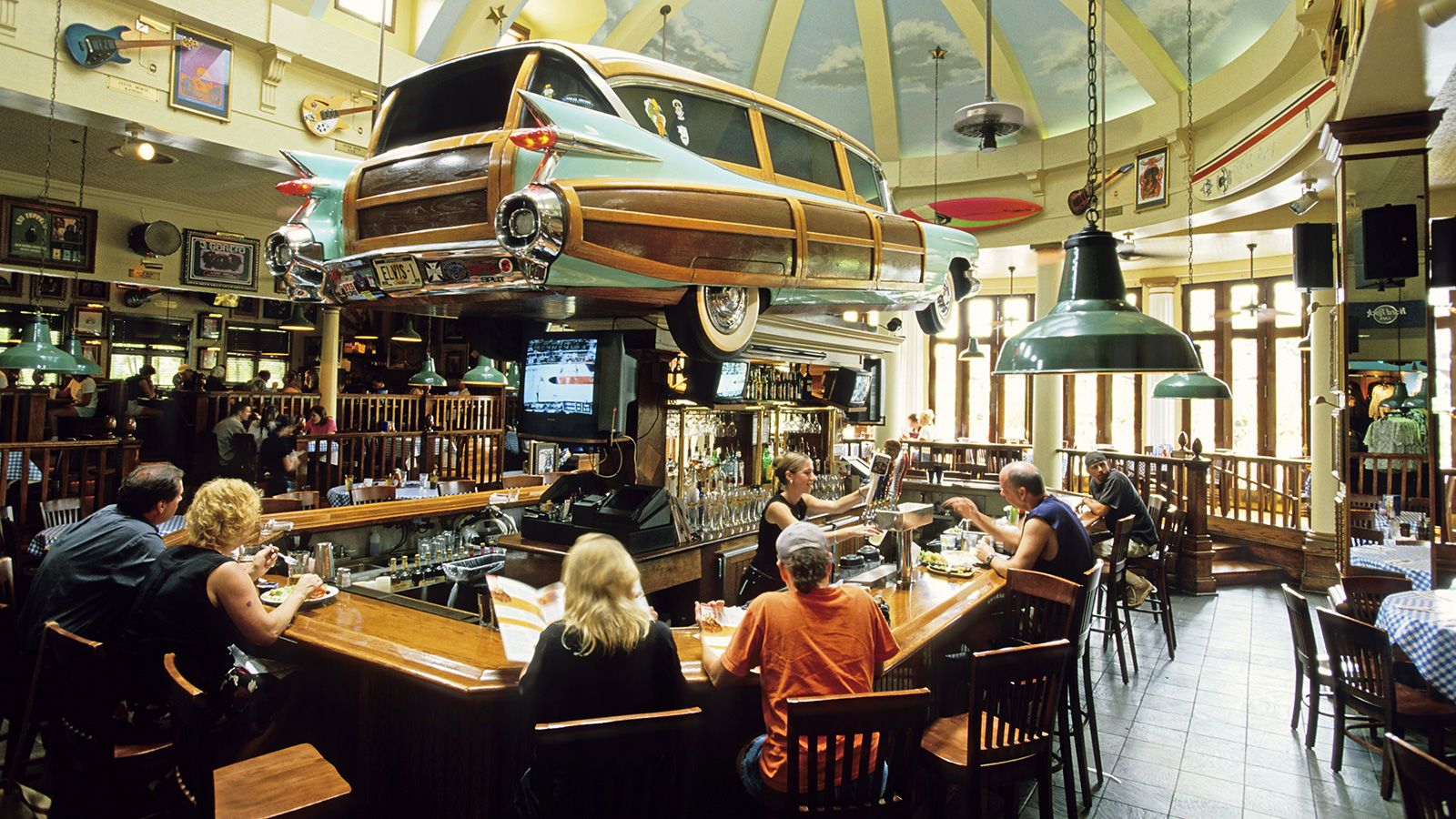Editor’s Note: Monthly Ticket is a CNN Travel series that spotlights some of the most fascinating topics in the travel world. In August, we’re going back in time to revisit some of the greatest retro travel experiences.
Before it was a global chain and internationally-recognized brand, the Hard Rock Cafe was a single restaurant in London.
Created by two American businessmen, Peter Morton and Isaac Tigrett, it opened its doors in 1971. Morton was an industry native – his father founded the popular American chain Morton’s Steakhouse.
London had no shortage of restaurants or museums. But Hard Rock’s brilliance was in pairing the two.
In the 1960s, “Swinging London” was the coolest city in the world, so anything that happened there – especially if connected to the music scene – quickly made headlines around the globe.
If a British restaurant conceived by Americans seemed like a strange concept, Morton and Tigrett leaned on their background rather than run away from it.
The Hard Rock symbolized post-World War II Americana. The menu was full of burgers, fries and milkshakes, the color scheme bright red and white.
The logo was an homage to the Chevrolet hood ornament.
It was an allusion to an allusion, the embodiment of a kind of optimistic, shiny America that existed more in pop culture shows like “Happy Days” than in real life.
But it worked.
Half a century later, the Hard Rock Cafe brand has become bigger than just restaurants and hotels.
Depending who you ask, it’s either a delightful nirvana for music lovers or a corny restaurant that exists to sell products. Either way, the brand has safely established its legacy.
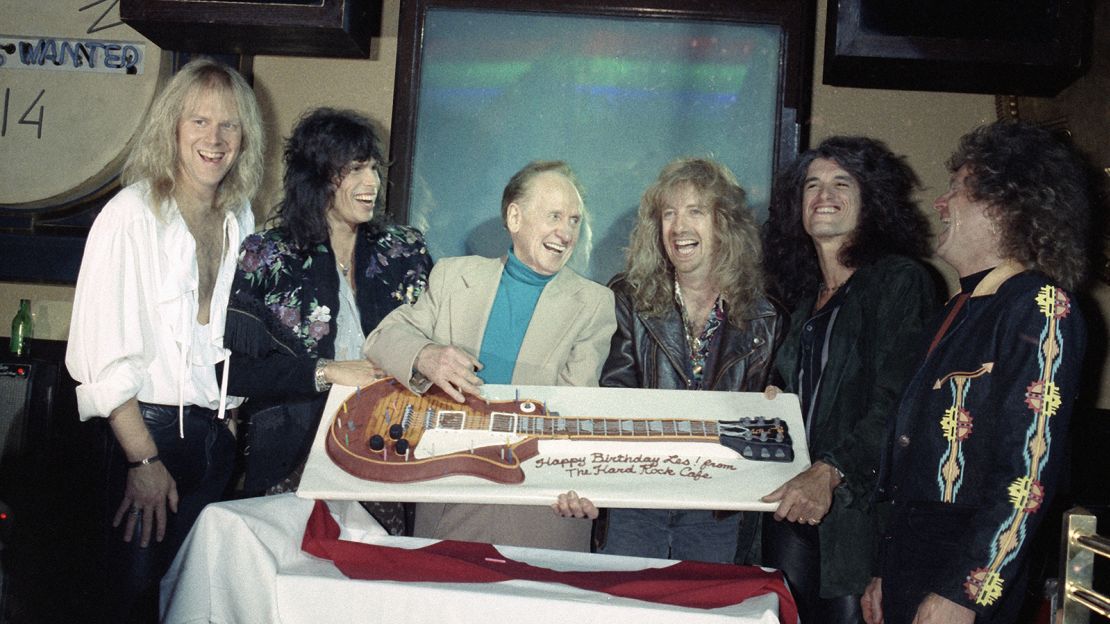
Putting the “rock” in Hard Rock
Every Hard Rock is filled with music memorabilia, much of which has been donated by the stars themselves.
As legend has it, Eric Clapton, a regular at the London outpost, donated one of his Fender guitars and asked the staff to hang it on the wall near where he liked to sit. Not to be outdone, The Who’s Pete Townshend donated one of his guitars as well.
Merchandise became a major centerpiece of the brand, and not just on the walls. After all, a person can only eat one cheeseburger at a time, but he can buy a whole pile of souvenirs at once.
As Hard Rock tells it, the London restaurant agreed to sponsor a local football team and put their logo on the team’s jerseys. After that, the idea for regular shirts was born and the first ones were available for sale in 1974.
It took nearly a full decade for the restaurant to expand internationally. A Los Angeles outpost, the first in the U.S., opened in 1982. Locations in Tokyo, Paris, Athens, Hong Kong, New York City and more followed.
Many of the Hard Rock Cafes also had stages, where local and international musicians could perform.
The best acts were often rolled out for openings at new branches.
Paul and Linda McCartney’s band Wings was tapped to play at opening night of the London West End location, while jazz legend BB King inaugurated the Hard Rock Beijing in 1994.
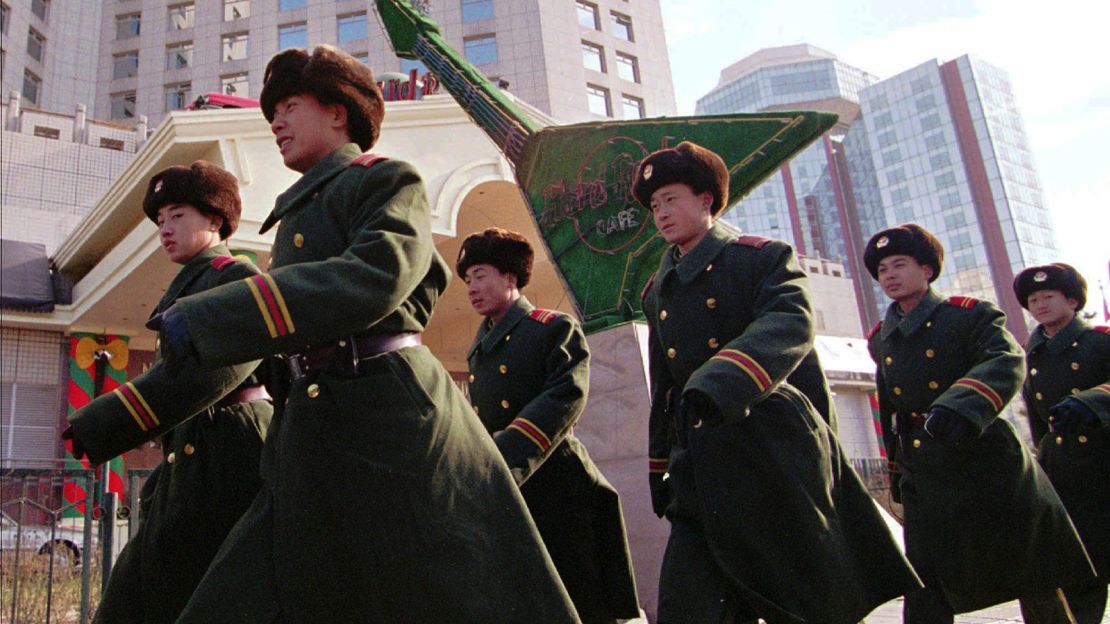
However, it’s not only famous rock stars who have made appearances at the restaurants and casinos.
For Jesse Dracman, who worked at the Hard Rock Cafe Surfers Paradise in Australia’s Gold Coast region for two decades, having the chance to engage diners in conversation – from celebrities to regular folks alike – was one of the most enjoyable parts of the job.
“I tried to treat every customer equally,” he says. “One time there was this older lady eating there alone so I started talking to her. It turned out she had seen the Beatles live in England when she was 17.”
Among the famous customers he did his best to treat like regular folks were Vince Neil, Jimmy Barnes and Gene Simmons.
Now, Hard Rock’s celebrity collaborators aren’t just rockers.
In 2021, football icon Lionel Messi signed on as a global brand ambassador. Menus added a “Messi Burger” in his honor.
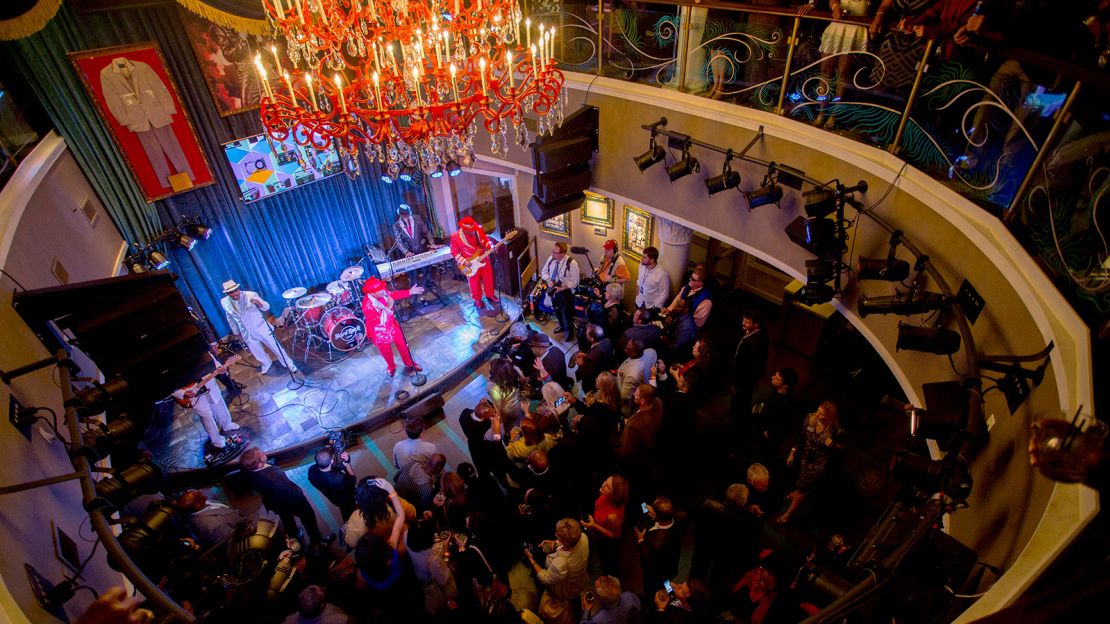
Rise of the superfans
One day, Lou Nuccio traveled into New York City from his native Bayonne, New Jersey for lunch with his father.
“I ate at this crazy place with my dad. They had a Cadillac coming out of a wall and it was pretty cool,” he says.
That crazy place, of course, was the Hard Rock Cafe, which was on 57th Street on a busy stretch of midtown Manhattan.
From then, Nuccio was hooked. He noticed Hard Rocks in almost every place he traveled to in his work at a logistics company. At each one, he’d pick up some of the commemorative pins that the brand sells. He now says he has about 6,500 of them.
However, the sense of fun and community that Nuccio found at Hard Rock didn’t really extend beyond the restaurants themselves until the advent of social media.
Nuccio created a Facebook page, HRC Worldwide Community. On it, he shared personal pictures and reviews of different outposts he visited, along with information about upcoming events. It now has more than 10,000 followers from around the globe.
“The community is built up of collectors and travelers,” he says. “I’m both. But (collectors) are the people who really fuel the engine. The big milestones are what people love. When you visit, you have a visit (tracker) and they log you in, and if you reach a milestone you’d get a special pin. If you visited 25 cafes, you get a milestone pin.”
Besides pins, many fans collect shot glasses and T-shirts.
Some larger Hard Rocks organize swaps where superfans can come and meet each other. Nuccio also travels to many of those and documents them on his website, tagging fellow collectors in pictures.
Being a mega-fan, especially one with a big online following, has its perks. On his latest trip to London, Nuccio got a personal tour of the basement vault of the “rock shop,” where cream-of-the-crop items like one of John Lennon’s favorite army jackets are stored.
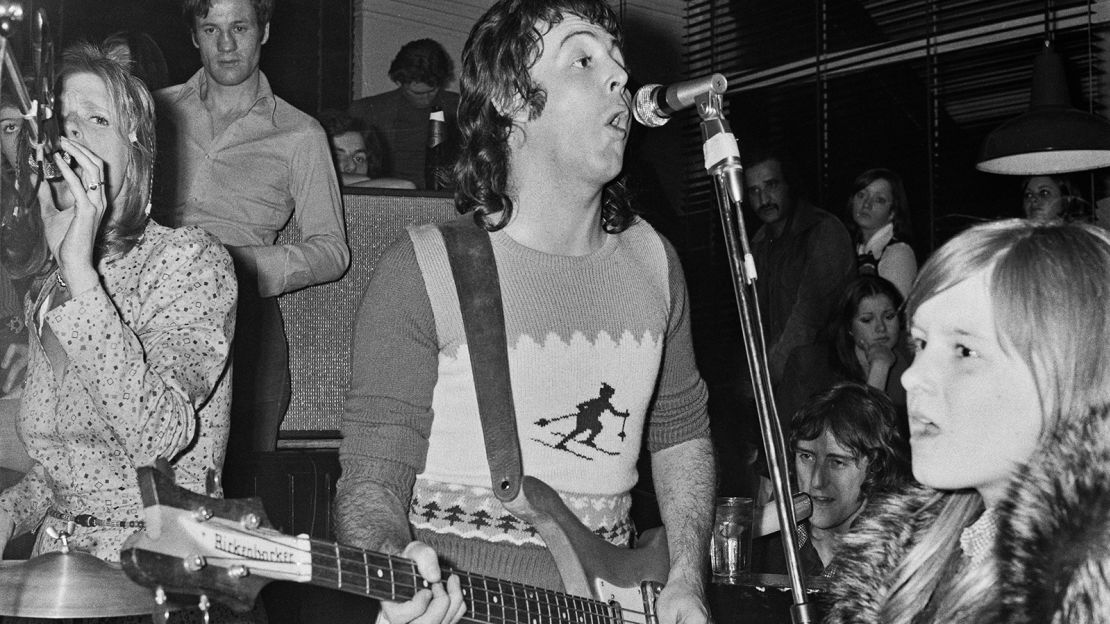
After the lights go off
Since 1971, the original founders’ lives have gone in wildly different directions. They had a falling out in 1979 and ended up splitting the brand between them, with each founder having a claim on certain parts of the world where he could own and operate new Hard Rocks.
Regarding the feud, Tigrett told Texas Monthly in 1987 that Morton was “totally cash oriented” and preferred working on the social side of the brand. Morton, though, just told the magazine that “I’m just going about my own business.”
Finally, In 2007, Morton and Tigrett sold the company to the Seminole Tribe of Florida. Now, the tribe manages the more than 180 Hard Rock restaurants, cafes, hotels and casinos.
Morton settled in Los Angeles, where he became a film producer. His son, Harry Morton, opened a Mexican restaurant chain called Pink Taco and owned it until his death in 2019 at the age of 38.
Meanwhile, Tigrett moved away from the spotlight. Following the death of his wife Mo Starkey – who had previously been wed to Beatles drummer Ringo Starr, and whom Tigrett once called his “ultimate collectible” – he spent time living in India and is reportedly a devotee of the late guru Sathya Sai Baba.
He is a board member of the Divine Will Foundation. According to the foundation’s website, it supports hospitals and food programs in India, the United States and elsewhere.
Although representatives from Seminole Gaming declined interview requests from CNN, the brand’s website says there are several Hard Rocks in development in China.

